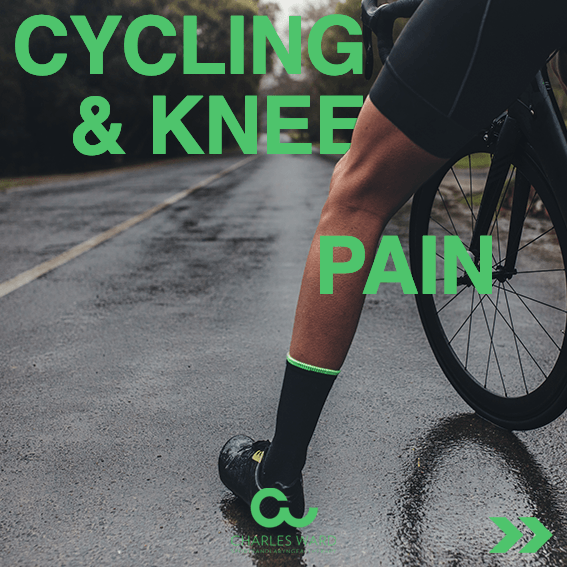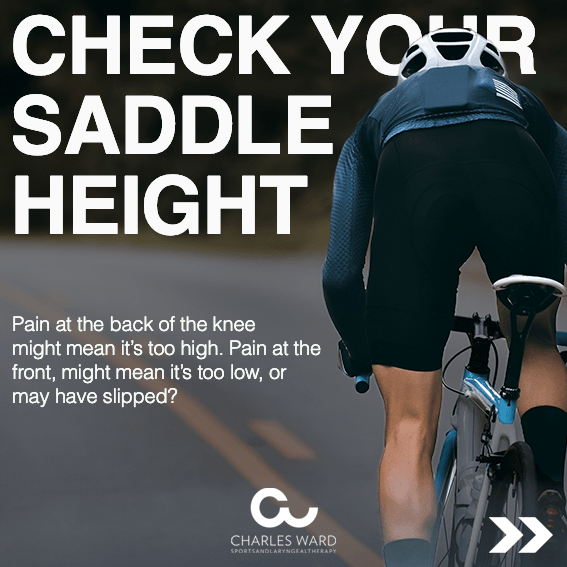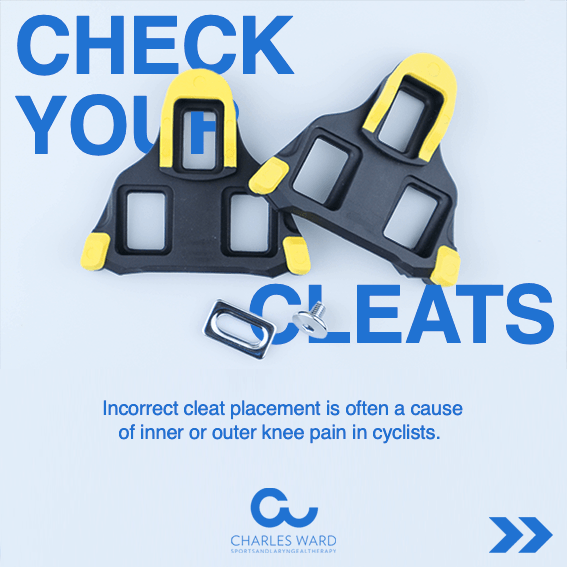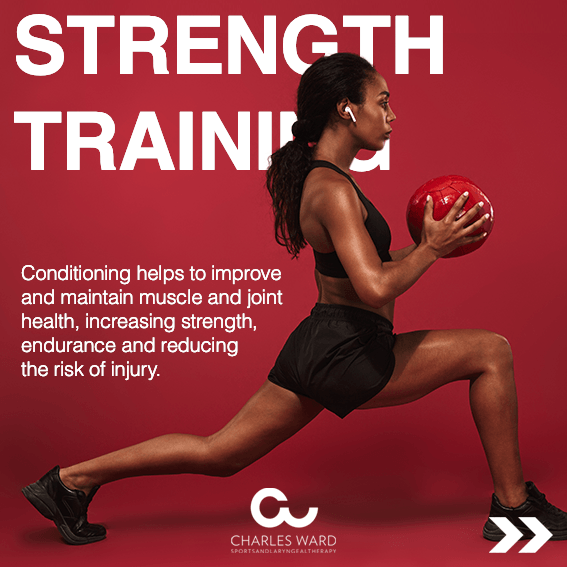Simple Tips That Could Help Reduce & Remove Knee Pain
Most people who ride a bike will experience some form of knee pain or discomfort; even the pros. Compared to some of the other joints in the body, the knee is a fairly simple one. So, quite often the knee is not the issue even though that is where the pain presents itself.
Here’s some general tips to look at and potentially try if you’re getting some niggling in the knee(s) during and/or after cycling.
Check Your Saddle Height.
If it’s too low, has slipped down or even forward, this commonly causes undue stress and force to be placed on the thigh muscles, ligaments, tendons and through the knee joint itself, with pain typically presenting at the front of the knee. If it’s too high, this causes undue stress on the back of the knee due to the posterior muscles being ‘over-stretched’ and the knee joint being repeatedly over-extended under load.
Check Your Cleats
Unless you’re correcting a specific issue or imbalance with a professional fitter, your cleats should be set in a fairly central/neutral position on your shoes. Applied incorrectly, they can cause pain to present typically around the inside or outside of the knee. This is due to the foot being positioned either too close to the bike, or alternatively too far away and causing the knee to deviate from its most natural range of movement, putting undue stress on tendons, ligaments and muscle.
STReeeeeeTCH
A common by-product of regular physical activity is ‘tight’ and ‘tired’ muscles, which can (over time) affect the quality and quantity of movement around a joint. Stretching is a very easy and pleasant way for most of us to help maintain and improve this range and quality of movement, reducing the risk of it negatively effecting the way that we (and our joints) function and feel. Spend some time stretching the quads, hip flexors and hamstrings after each ride. We’ll be sharing a quick and effective post ride routine very soon!
Strength & Conditioning
Cyclists typically tend to neglect strength training due to not wanting to take time off the bike. This usually results in muscular imbalances, which over a period of time can cause other muscles to compensate and work in a way that they’re not ideally designed for long term. This usually results with a miss-use or over-use injury. Work off the bike is just as important as the work on it, and in most cases this reduces the risk of injury, while also improving your endurance and performance. Stay tuned for some simple but effective examples in our upcoming posts!
Review Your Training Program
A very common cause of knee pain is simply due to doing too much too soon, or over training and not getting enough rest. In some cases, this can trigger a stress response such as patella tendonitis or ITB Syndrome. This type of injury typically requires rest in the early stages of rehab, so it’s better to plan in adequate and preventative rest and recovery as part of your training program now, rather than be forced to do so later. Recovery is vital to the exercise adaptation cycle, so don’t feel bad if you have a rest day or an active recovery session as part of your schedule. It doesn’t mean you’re slacking off; it means you’re training smarter!
Finally!
If you’re still experiencing knee pain or discomfort after checking and applying these simple tips, then it might be worth checking in with someone like myself and/or a professional bike fitter, so that we can get to the root cause and get you back to pain free cycling – we can’t do anything about the physical pain of exertion though, that never gets easier!!
#kneepain #cycling #cyclist #sportstherapy #sportsmassage #injuryrehab #injuryprevention #sportstherapykenilworth #sportsmassagekenilworth #cwtherapyrooms #bikefit #training #toptips #healthandwellness






